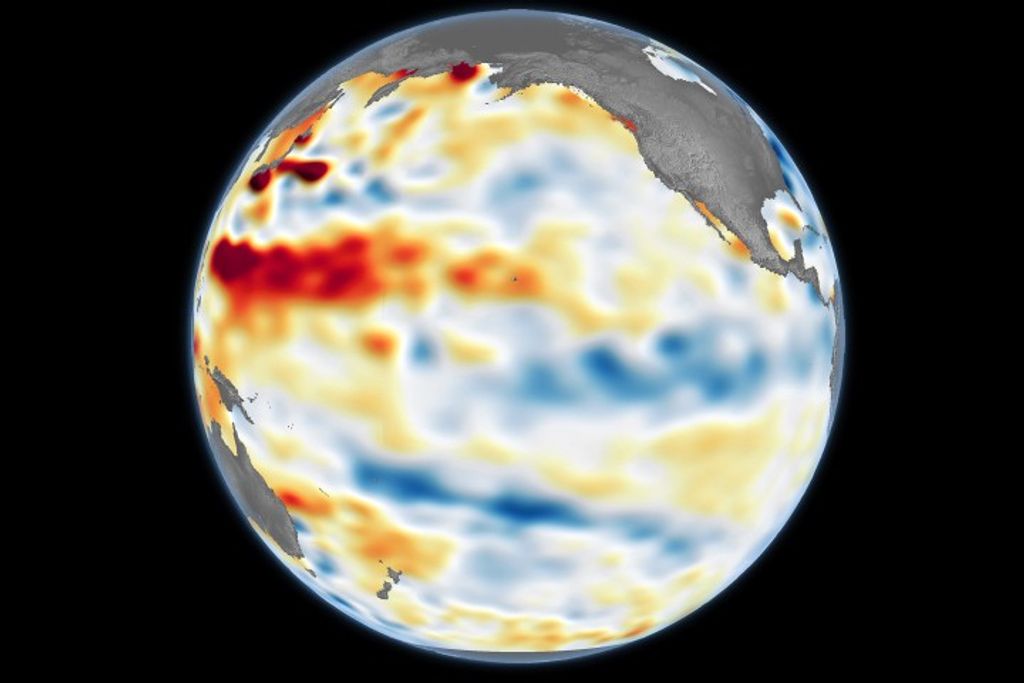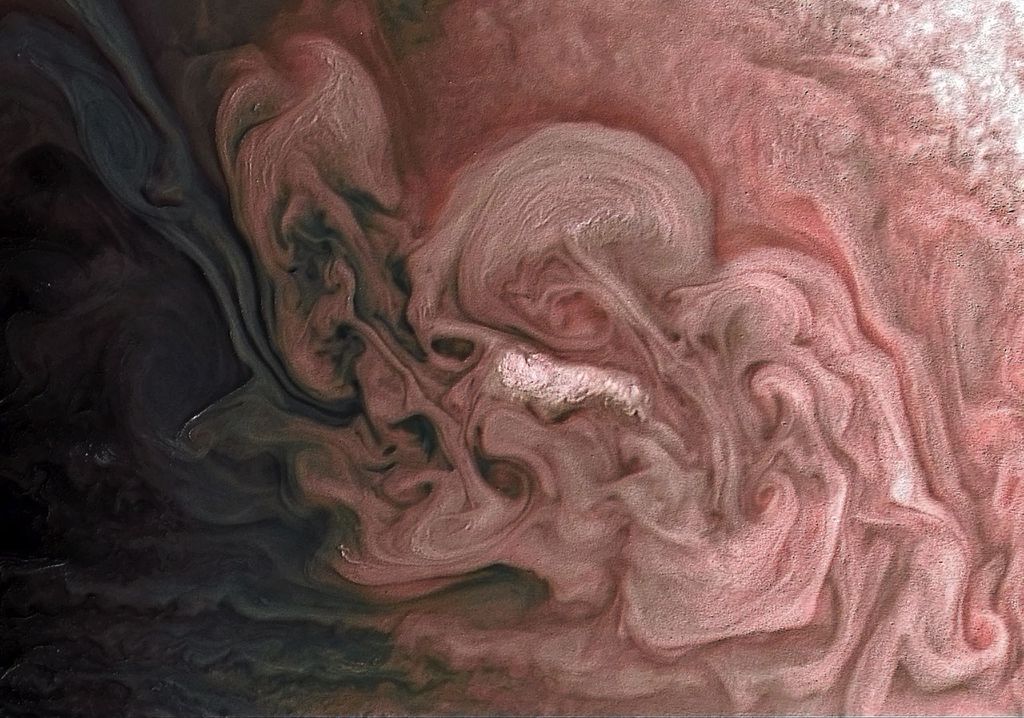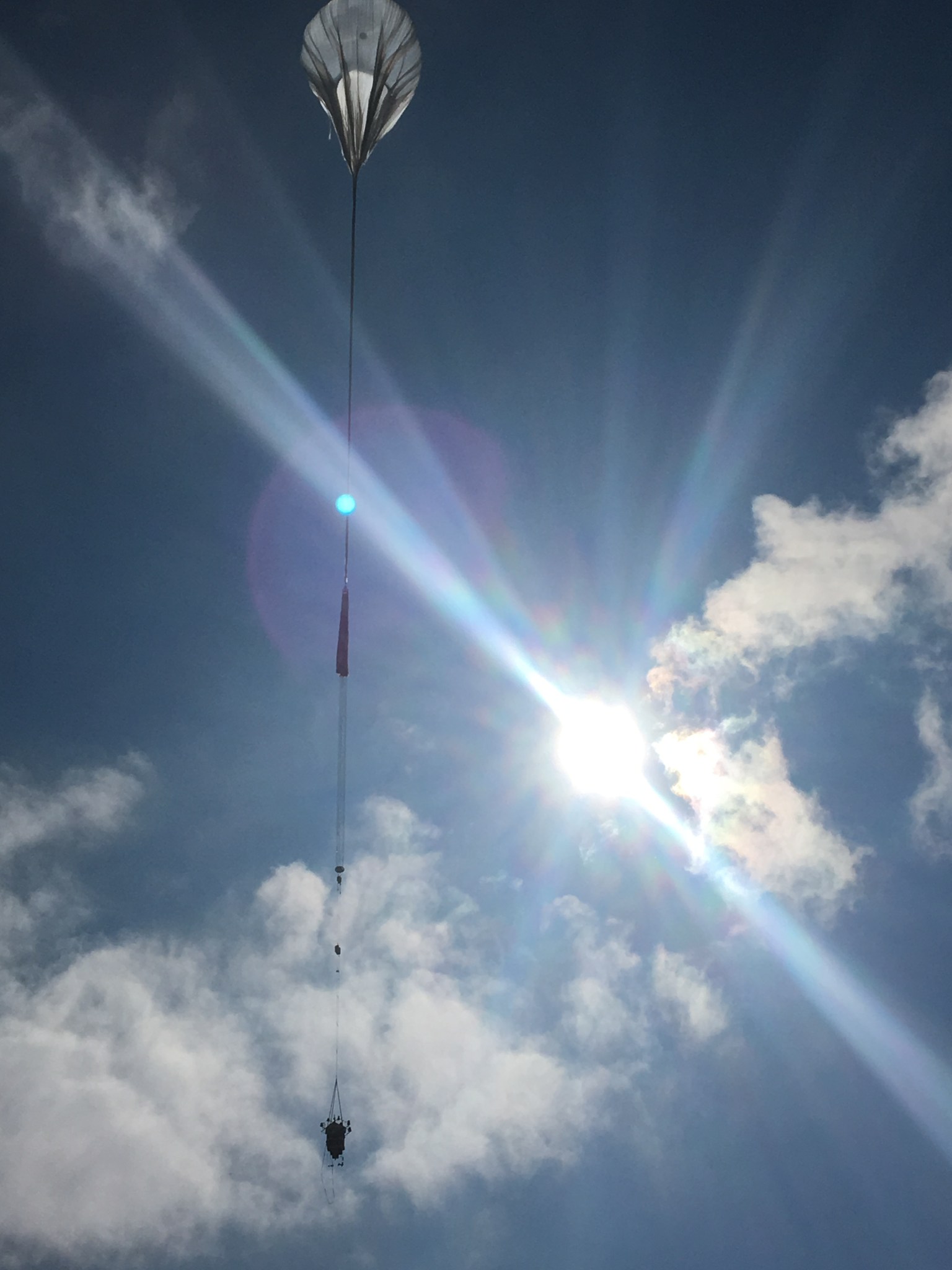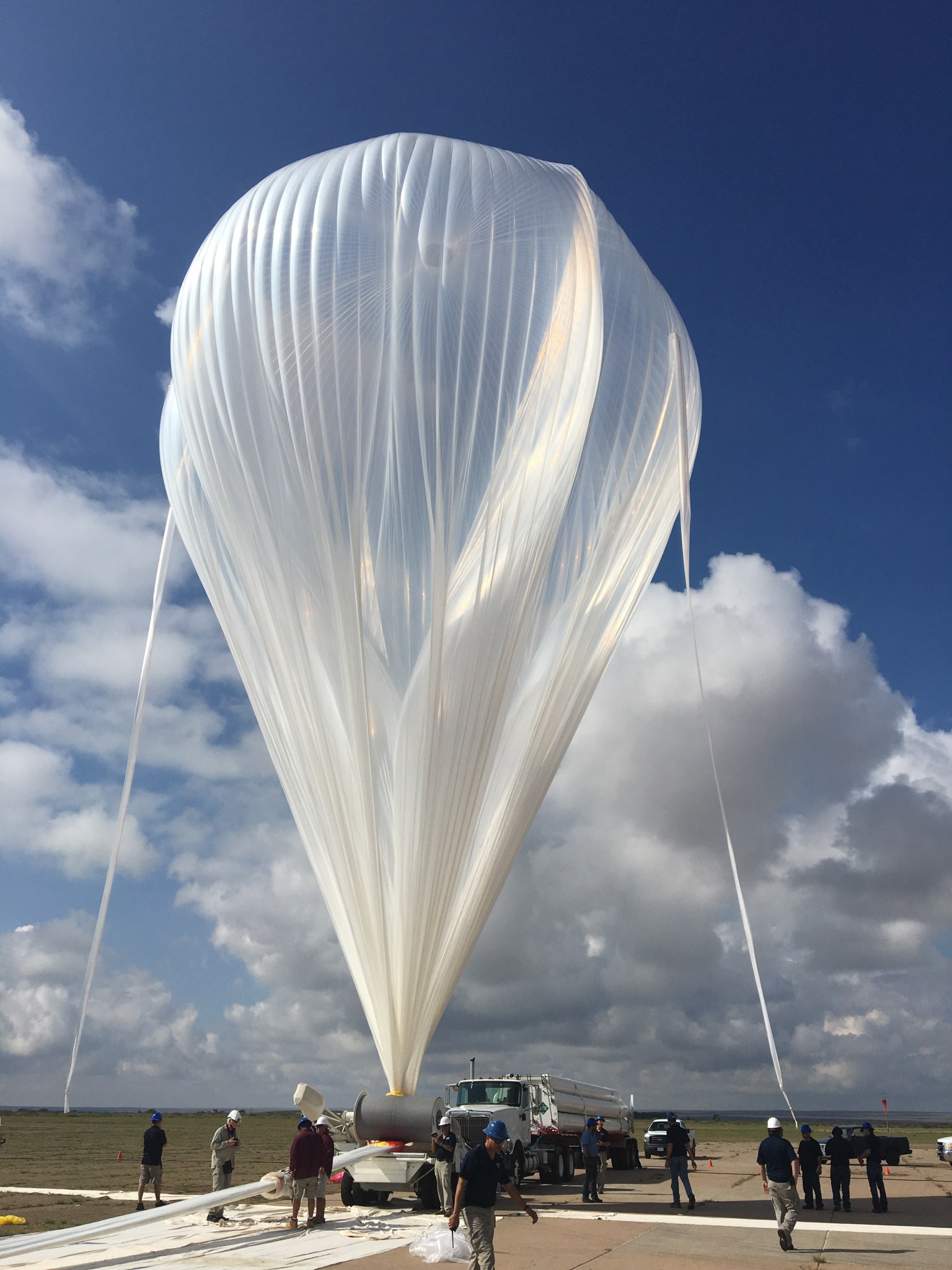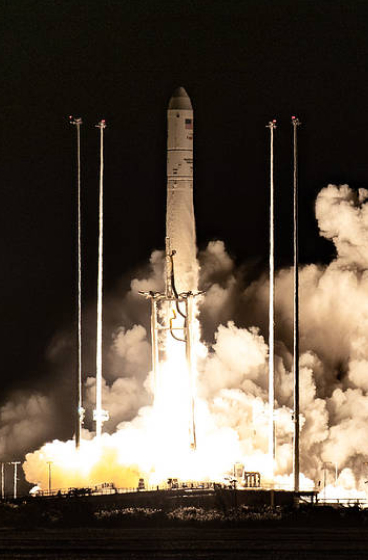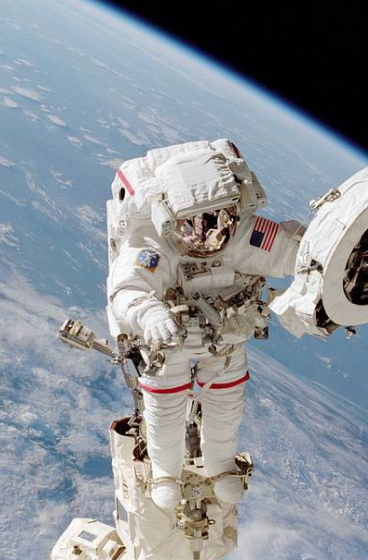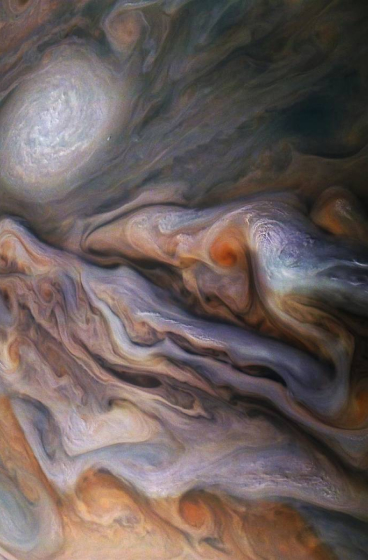The first of six planned NASA scientific balloon flights from Fort Sumner, New Mexico, in 2016 took to the skies at 12:09 p.m. EDT, Thursday, Sept. 1, carrying 12 student experiments to the near-space environment.
The High-Altitude Student Platform (HASP) payload, a collaboration with the Louisiana Space Consortium, is flying at an operational altitude of 120,000 feet on a mission expected to run between 10 and 20 hours.
“HASP is a terrific program for training the next generation of aerospace scientists and engineers,” said Debbie Fairbrother, NASA’s Balloon Program Office chief. “It’s a great way to kick-off our annual New Mexico campaign, which includes five more flights over the next several weeks.”
Technicians will monitor the HASP flight from NASA’s Columbia Scientific Balloon Facility’s field site in Fort Sumner. At the completion of the mission, technicians will send flight termination commands kicking off a sequence that separates the payload from the balloon, deploys the payload’s parachute, and rapidly deflates the balloon. Both the payload and balloon material will be recovered.
This mission is the 11th HASP mission since the program’s inception in 2005. To date, 965 students have been part of the HASP program; this year’s mission alone includes 125 students from 13 different universities.
The payload and gondola, which contains support systems for the payload, weigh a combined total of one ton and were launched using an 11.8 million-cubic-foot scientific balloon (about the size of 58 blimps). Balloons are built with polyethylene film similar in appearance and thickness to the type used for sandwich bags, but is stronger and more durable.
For more information about the HASP mission, see: http://laspace.lsu.edu/hasp.
Five other balloon flights are scheduled from Fort Sumner during the 2016 campaign. They are:
- Long Duration Balloon Systems Test Flight (LDB Test Flight)—A test flight of new communications systems, solar power system, and rotator. In addition, the test flight is carrying five payloads of opportunity.
- X-Calibur—An X-ray telescope mounted to the Wallops Arc Second Pointer (WASP) seeking to observe two black holes, a crab nebula, and a expanding neutron star.
- Jet Propulsion Laboratory Remote (JPL Remote)—Profiles of over 40 chemical species will be measured throughout the stratosphere. They will be analyzed in conjunction with a variety of photochemical models to improve understanding of stratospheric chemistry and the stability of the ozone layer.
- Balloon Experimental Twin Telescope and Infrared Interferometry (BETTII)—BETTII will explore a region of the electromagnetic spectrum, the far-infrared (FIR), using a technology called interferometry. Astronomers will gain a sharper, more detailed view of star formation, galaxy evolution, and the formation of planetary systems around other stars.
- Primordial Inflation Polarization Explorer (PIPER)—PIPER will measure the polarization of the Cosmic Microwave Background to search for primordial gravity waves created during a rapid expansion of the universe that occurred shortly after the Big Bang.
NASA’s scientific balloons offer low-cost, near-space access for suspended loads weighing up to 8,000 pounds to conduct technology demonstration tests as well as scientific investigations in fields such as astrophysics, heliophysics and atmospheric research. Depending on the goals and objectives of a specific mission, balloon flight durations can run hours to multiple days or weeks for longer-term exposures and data collection
Anyone may track the progress of NASA’s scientific balloon flights via online tools that provide altitude and speed as well as a map showing the balloon’s real-time location, at: www.csbf.nasa.gov
For more information on the balloon program, see: https://www.nasa.gov/scientificballoons
NASA’s Wallops Flight Facility in Virginia manages the agency’s scientific balloon flight program with 10 to 15 flights each year from launch sites worldwide. Orbital ATK, which operates NASA’s Columbia Scientific Balloon Facility in Palestine, Texas, provides mission planning, engineering services and field operations for NASA’s scientific balloon program. The CSBF team has launched more than 1,700 scientific balloons in the over 35 years of operations.









